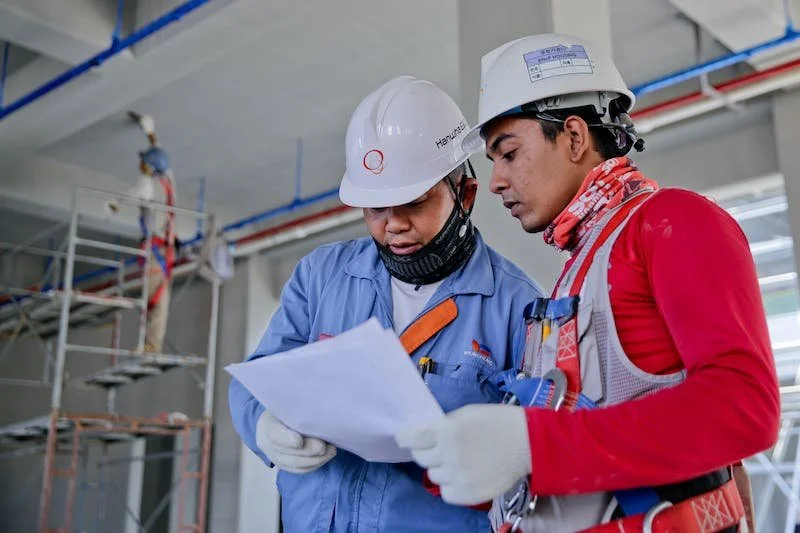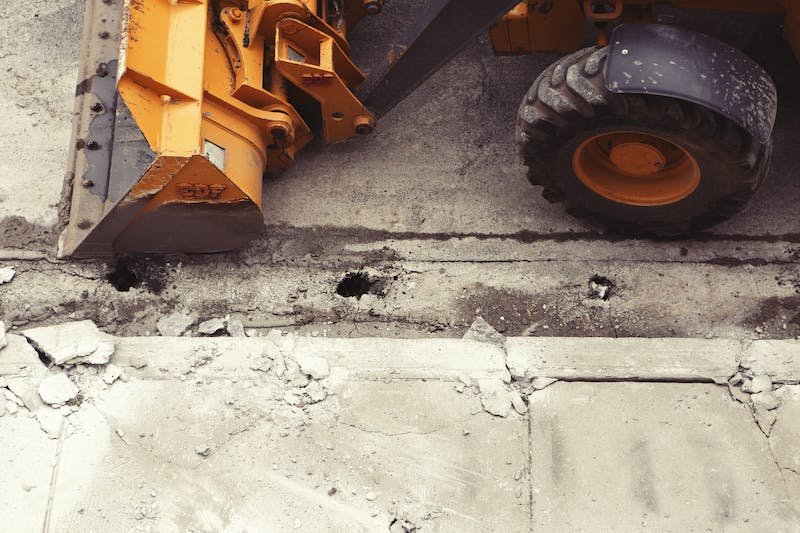Why Is Concrete Such a Popular Building Material: The Importance in the Construction Industry
RH Business Marketing Solutions
Concrete has been a staple in the construction industry for centuries and remains one of the most popular building materials worldwide. Its versatility, durability, and cost-effectiveness have earned it a place of prominence in a wide range of construction projects, from skyscrapers and bridges to residential homes and pavements. Here are the reasons why concrete has maintained its popularity as a construction material and why it continues to be favored by architects, engineers, and builders alike.
Versatility in Design and Form
One of the primary reasons for concrete's popularity is its exceptional versatility in design and form. Concrete can be molded into various shapes, allowing architects and designers to create unique and intricate structures. From smooth and modern facades to ornate and decorative elements, concrete offers boundless possibilities for creative expression. Additionally, it can be combined with other materials like glass, steel, or wood to achieve aesthetically pleasing and structurally efficient designs that stand the test of time.
Fire and Weather Resistance
Concrete's exceptional fire resistance is a significant advantage over many other building materials. It does not burn, melt, or release toxic fumes when exposed to high temperatures, making it a preferred choice for fire-resistant construction. Moreover, concrete's resistance to extreme weather conditions, such as hurricanes, earthquakes, and floods, makes it a reliable option for building structures in regions prone to natural disasters.
Energy Efficiency
Concrete's thermal mass properties contribute to energy efficiency in buildings. It has the ability to absorb and store heat, regulating indoor temperatures and reducing the need for excessive heating or cooling. This quality makes concrete structures energy-efficient, lowering energy consumption and associated costs for both residential and commercial buildings. As sustainable construction practices gain prominence, concrete's energy-efficient attributes continue to enhance its appeal as a green building material.
Durability and Longevity
Concrete's reputation for durability and longevity is unmatched among construction materials. Its inherent strength and resistance to harsh environmental conditions make it ideal for withstanding wear and tear over extended periods. Properly designed and constructed concrete structures, like those versatile civil concrete construction projects, can have a lifespan of several decades or even centuries, reducing the need for frequent repairs or replacements. This durability not only ensures the safety and reliability of buildings but also contributes to the long-term sustainability of construction projects.
Cost-Effectiveness
Concrete's cost-effectiveness is a major factor contributing to its popularity in construction. Compared to many other building materials, concrete is relatively affordable, and its widespread availability further lowers construction costs. Additionally, the reduced need for frequent maintenance and repairs due to concrete's durability translates into long-term cost savings for property owners and developers.
Environmentally Friendly Features
Concrete's environmental credentials have improved significantly with the advent of eco-friendly construction practices. Modern concrete mixes can incorporate recycled materials like fly ash, slag, and crushed concrete, reducing the demand for raw materials and lessening environmental impacts. Furthermore, concrete structures can be designed to be energy-efficient, contributing to overall sustainability and minimizing a building's carbon footprint.
Resistance to Pests and Rot
Unlike some traditional construction materials like wood, concrete is not susceptible to pest infestations or rot. This resilience to pests, such as termites, and resistance to decay and moisture damage makes it an ideal choice for structures in regions prone to insect activity or humid climates. Concrete's ability to withstand the elements ensures the longevity and structural integrity of buildings, further solidifying its popularity as a reliable construction material.
Easy Maintenance
Maintaining concrete structures is relatively straightforward and requires minimal effort. Routine inspections, minor repairs, and occasional cleaning are typically all that is needed to keep concrete buildings in excellent condition. This ease of maintenance adds to the appeal of concrete, particularly in busy urban areas or large-scale infrastructure projects where maintenance downtime needs to be minimized.
Concrete's enduring popularity as a construction material can be attributed to its exceptional versatility, durability, and cost-effectiveness. Its ability to be molded into diverse forms, coupled with its longevity and resistance to fire and adverse weather conditions, makes it a reliable choice for various construction projects. Concrete's energy efficiency, environmentally friendly features, and resistance to pests and rot further enhance its appeal in today's environmentally conscious world. As the construction industry continues to evolve, concrete's timeless qualities ensure its continued prominence as a favored building material for both practical and creative architectural solutions.
Guest Contributor: Diana Smith




